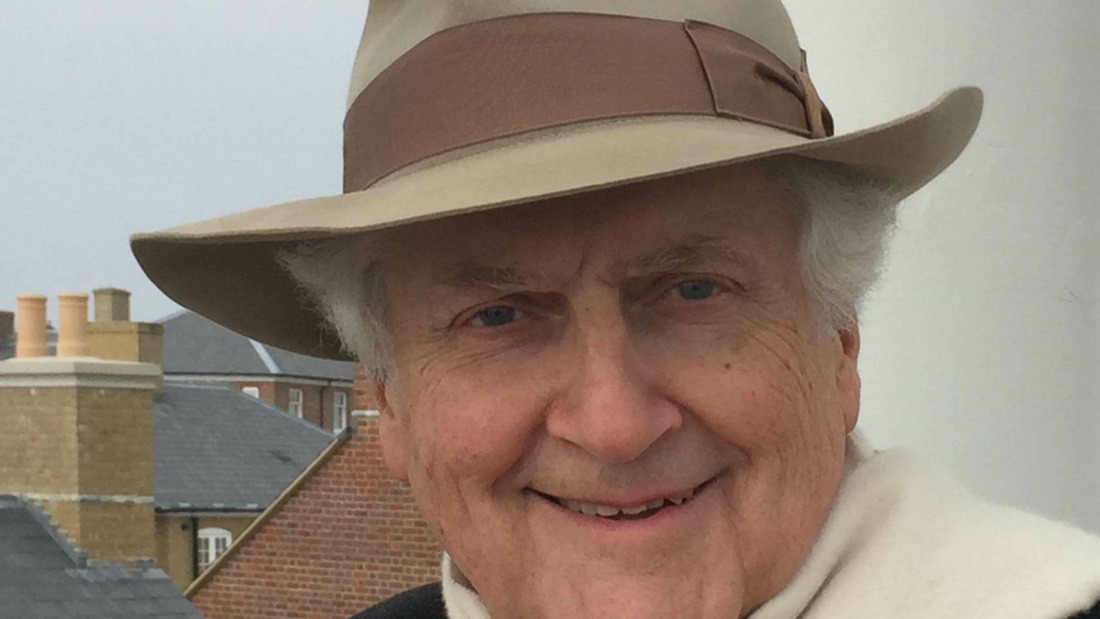Léon Krier was a character. He dressed like an impresario, wrote like a pamphleteer, and drew like an angel. He happily stoked public controversy. His most famous bon mot was “I’m an architect, because I don’t build.” But he did build. The three buildings that I’ve seen of his—his own house, a town hall, and a university audiitorium—have a quality that seems to have eluded most of his traditional-minded contemporaries: originality. He was a classicist, but not a revivalist. He was original, too, in his thinking about town planning, to use an old-fashioned term he would have liked. To Krier, the principles of sound urban design were all known long ago—and didn’t need to be reinvented—the great challenge was how to accommodate the automobile. His solution was not to banish cars to the periphery, or to separate them from pedestrians, but to pragmatically insinuate them into the plan—under buildings, in buildings, beside buildings, on the street, and in ad-hoc car parks that were really squares. In a Krier plan such as Poundbury, the street plan appears at first picturesque and chaotic, but this is done with a singular purpose. The person on foot is king, the person behind the wheel is the interloper.

